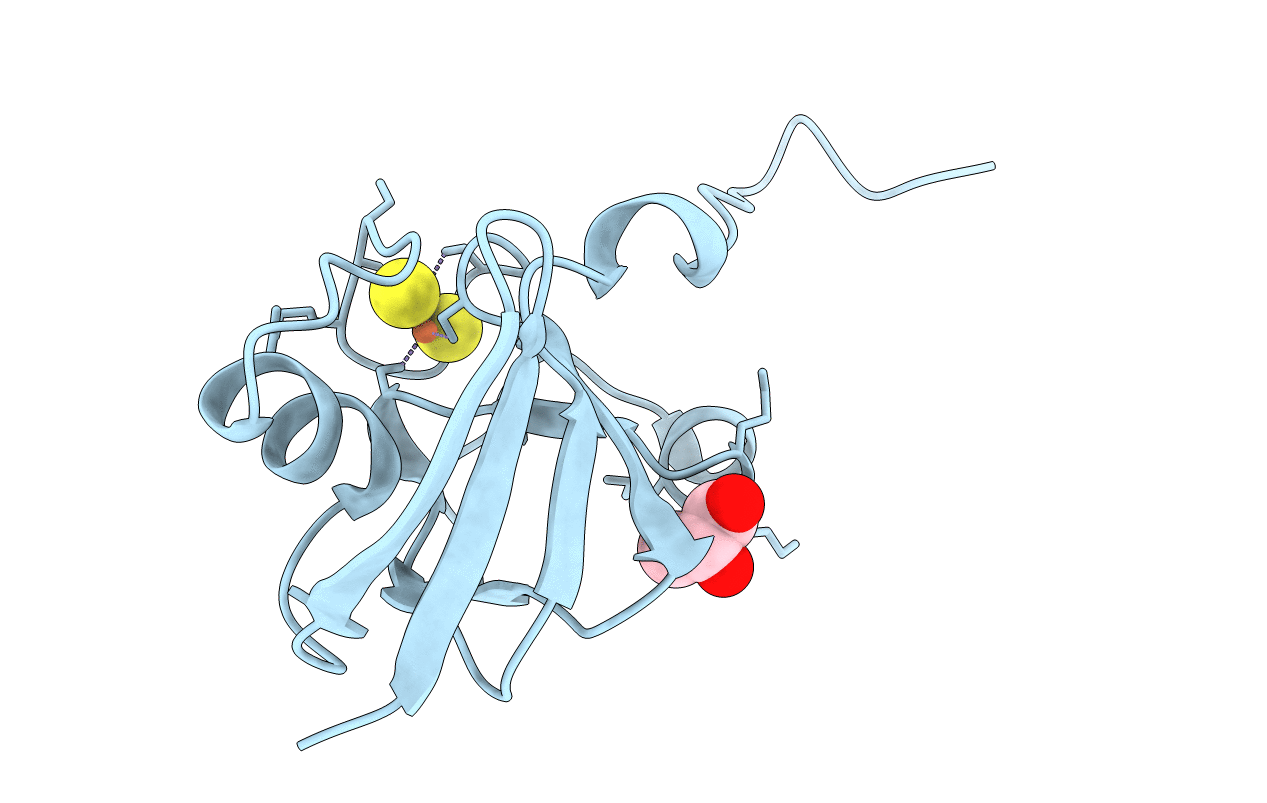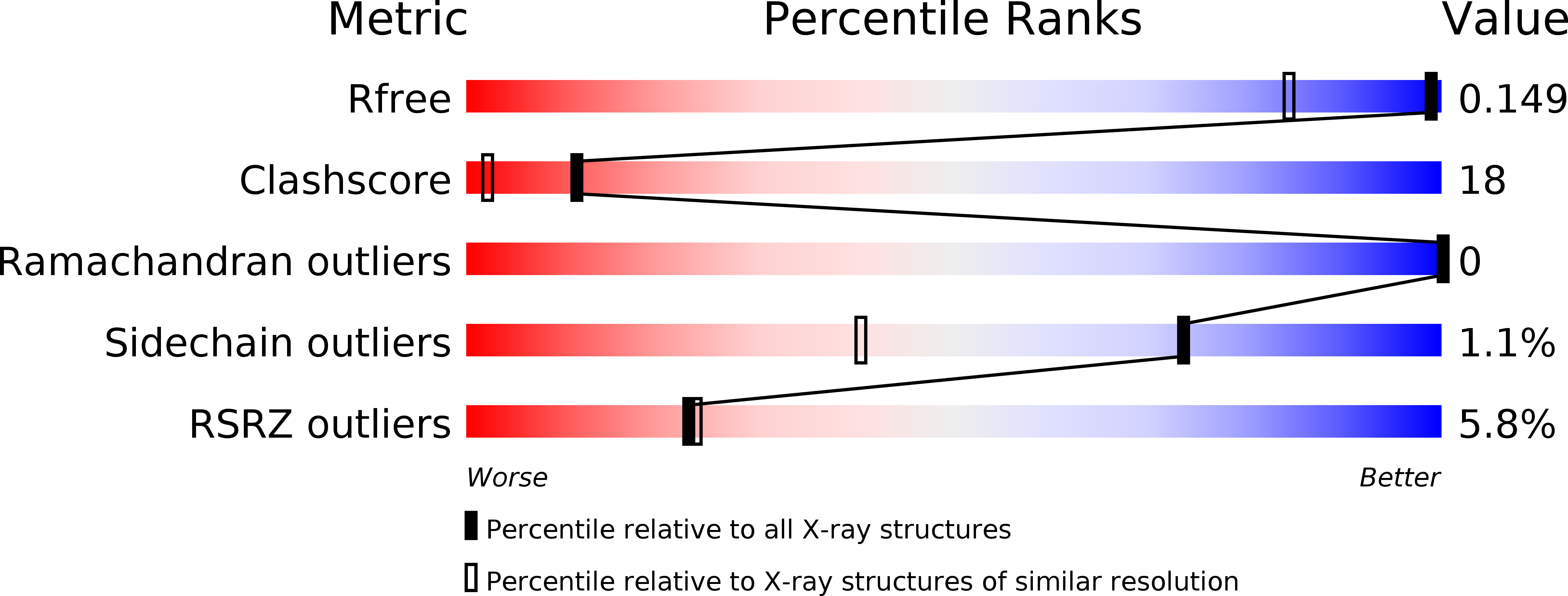
Deposition Date
2013-01-18
Release Date
2014-01-29
Last Version Date
2023-09-20
Entry Detail
Biological Source:
Source Organism:
Chlamydomonas reinhardtii (Taxon ID: 3055)
Host Organism:
Method Details:
Experimental Method:
Resolution:
1.18 Å
R-Value Free:
0.14
R-Value Work:
0.10
R-Value Observed:
0.11
Space Group:
P 1


